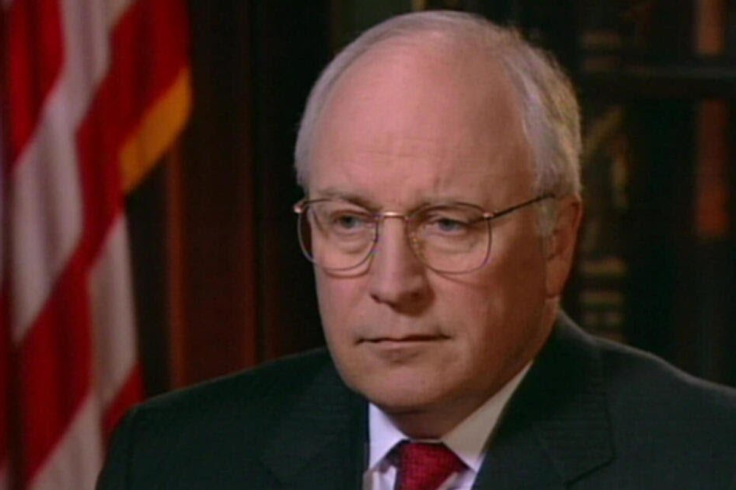How Did Dick Cheney Live Through 5 Heart Attacks? The Untold Story of Medical Breakthroughs
His case demonstrates the evolution of heart care, from basic bypass surgery to life-saving technologies.

Former US Vice President Dick Cheney, who died on 3 November aged 84, lived far longer than most people with such an extensive history of heart disease.
The fact that he survived five heart attacks, numerous operations, and a heart transplant is evidence of the progress that modern cardiology has made in the past half-century.
Life-Long Cardiac Struggles
Over the following decades, he suffered four more, in 1984, 1988, 2000 and 2010, each of which required increasingly advanced medical care.
Cheney's case demonstrates the evolution of heart care, from basic bypass surgery to life-saving technologies such as implantable defibrillators and artificial heart pumps.
A cardiac defibrillator, a tiny electronic device that tracks heart rhythm and shocks the heart to return to normal, was placed by doctors following his fourth heart attack.
The decision was described as an 'insurance policy' by Dr Baljash Cheema, a transplant specialist at Northwestern University Feinberg School of Medicine. The measure was precautionary, recognising that Cheney's heart had been severely weakened by repeated trauma.
Cheney admitted that his heart condition was caused by a combination of lifestyle choices and genetics.
In a 2023 interview, he admitted to his habits of heavy drinking, smoking, and eating a high-fat diet, which was exacerbated by a family history of heart disease.
From LVAD to Heart Transplant
After leaving office in early 2010, Cheney's heart had gotten so bad that traditional treatment options were no longer providing enough support.
A Left Ventricular Assist Device (LVAD), a mechanical pump that aids in blood circulation when the heart is no longer able to do so efficiently, was implanted in him after his fifth heart attack.
The LVAD, which replaces the pumping function of the heart's main ventricle, marked the beginning of what Cheney later described as his most uncertain yet hopeful phase.
Twenty months after being given the LVAD, Cheney had a successful heart transplant in March 2012. Because of the treatment, he was able to survive for an additional 13 years, which is comparable to average transplant survival rates.
Cardiologist Jonathan Reiner, who co-authored Cheney's 2013 memoir Heart: An American Medical Odyssey, described him as having 'the most complex history' among his patients. Reiner noted that the former vice president's survival reflected not only medical skill but also the growing ability of healthcare systems to manage chronic heart failure.
Medical Breakthroughs in Heart Care
The remarkable extension of Cheney's life highlights the role of continuous innovation in heart care. The life expectancy of cardiac patients has significantly increased due to the discovery of implantable defibrillators in the 1980s, improvements in LVAD technology in the 2000s, and effective anti-rejection treatments for transplant recipients.
Medical experts say that while Cheney's case drew attention because of his public profile, similar outcomes are now seen routinely.
Dr Cheema told USA Today that academic medical centres are doing this 'day in and day out for patients,' stressing that Cheney's life was not a miracle but rather a testament to the state of contemporary medicine.
Yet, specialists also stress that prevention remains the ultimate goal. Early changes in lifestyle, including as frequent cardiovascular screenings, exercise, and healthier diets, are still essential for lowering risk before irreparable harm is done.
Resilience Fueled by Medicine
Cheney's long battle with heart illness sparked a broad public conversation about cardiovascular technology and health. His memoir detailed his experiences with surgeries, mechanical support, and final transplantation, which provided rare insight into life under continuous cardiac care.
While his political career remains controversial, Cheney's medical journey is widely recognised as a story of human resilience and scientific progress. His survival is an illustration of how medical advancements can prolong not just years but also quality of life, even for individuals with the most severe cardiac diseases, as cardiology continues to advance.
© Copyright IBTimes 2025. All rights reserved.



















